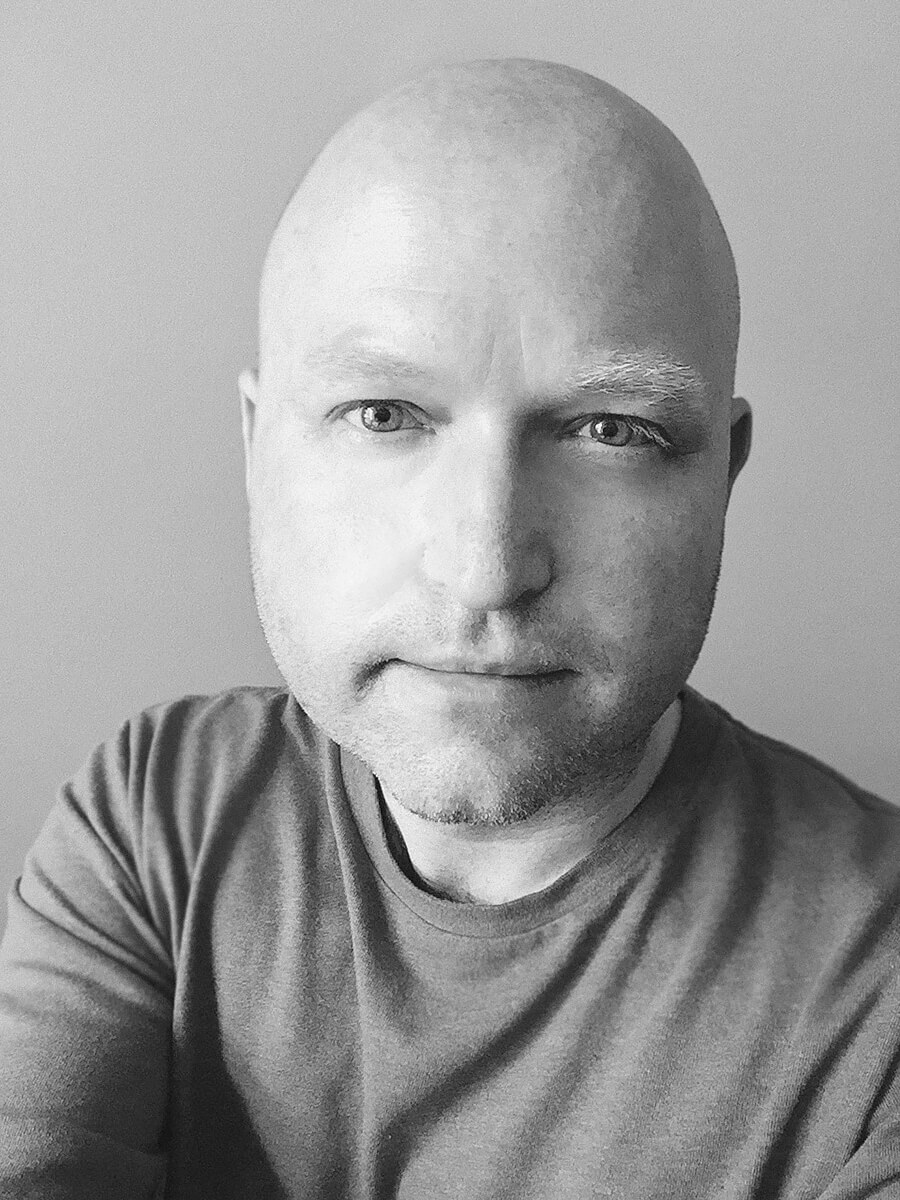Peter Nitsch was part of the late eighties of the German Skater scene. He studied communication design in Munich and graduated as a designer from the University of Munich, Department of Design (specializing in motion design). As an on-air designer, he worked for clients such as Universal Studios, ProSieben, 13th Street, SciFi Channel, and the United Nations. He then began to concentrate on corporate design and photography.
Nitsch has won several international awards both as a designer (New York Festival, BDA) and photographer (Los Angeles International Photography Award, Hasselblad Masters semifinalist). He is co-founder of 'Playboard Magazine', 'RUPA' and the former culture blog 'get addicted to'.
In 2020 Nitsch became a lifetime member of The Royal Photographic Society of Thailand.
Tango in the Big Mango
For me, my photography has always been related to people, stories, and life's journey. Tango In The Big Mango is an attempt in observing moments of people in dialogue with life. The series explores Bangkok as a city in which the coexistence of different cultures and people from different countries, despite their peculiarities, have found a way to live together.
Tango in the Big Mango photo book is a mixture of documentary/street and conceptual images. The series consists of four parts: documentary/street photography, and conceptual themes of greed, growth, and angst. Tango in the Big Mango captures the intensity of urban life and barrage of consumption, culture, and eccentricity in Bangkok.
More about Tango in the Big Mango photo book